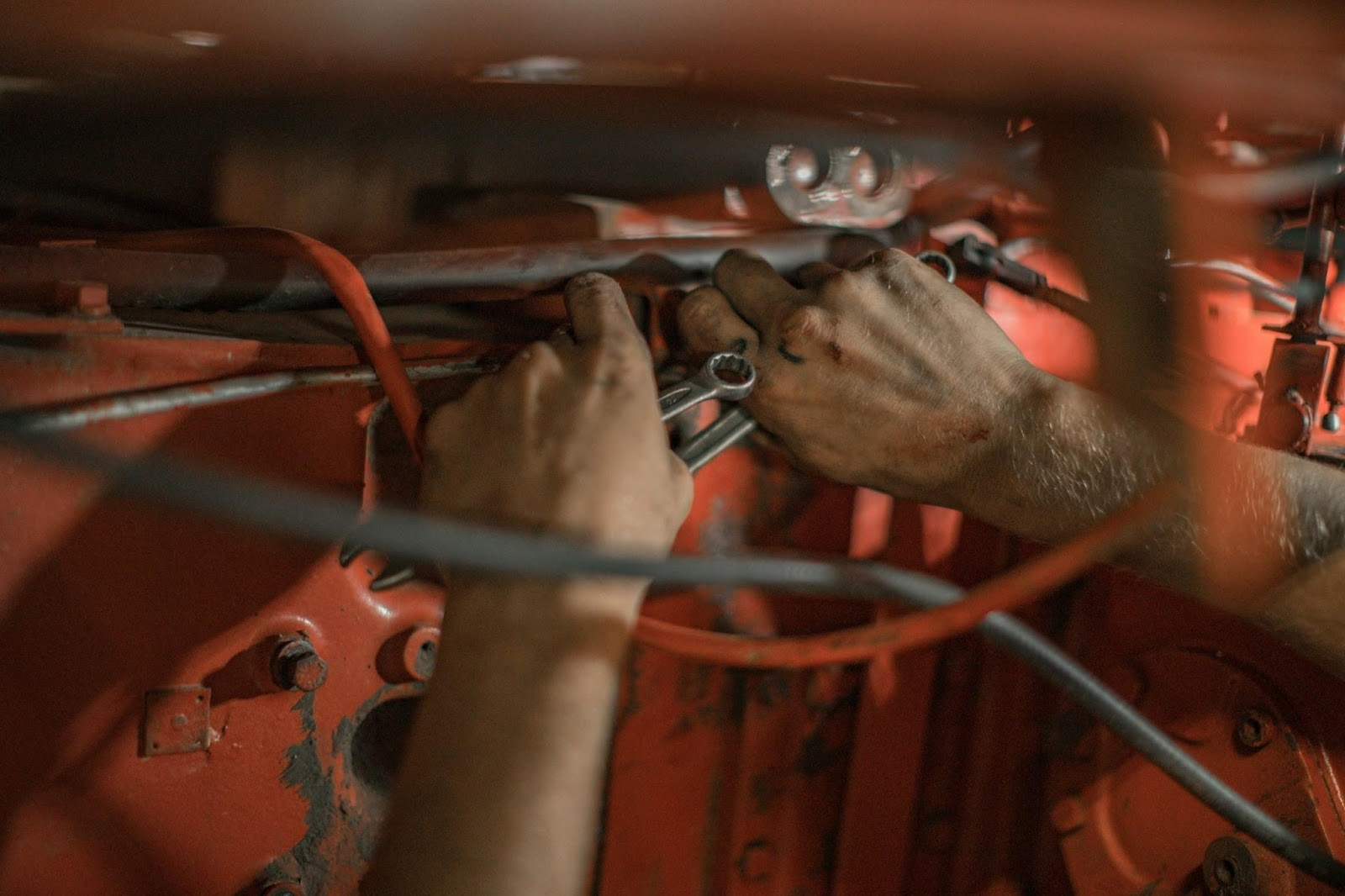Yes, it is true that cars we love can sometimes end up in a terrible wreck. There could be a problem with the mechanics, a bad crash, or it could just be old and dying. Before you take it to the junkyard, though, think about this: your junk car can be broken down into several parts that can be sold separately.
Here is the definitive guide on how to make your shabby-looking car a parts dealer’s dream, how to make the most money out of your car, and how to have a nice, smooth driving experience... to the bank!

Is Selling Parts Right for You?
This approach isn't for everyone. Selling a wrecked car is much easier and will save you time. The whole process of selling parts may require some experience and understanding of how to deal with these parts. Here's a quick rundown to see if it's a good fit:
- You're handy with tools: Demolition of a car may be done without much technical knowledge. In its simplest terms, if you are used to wrenching and screw driving you are just fine.
- You have space: It must also be somewhere that will allow you to park the car and the parts that you will be pulling out. A garage or driveway is ideal.
- You have patience: Selling parts can be a slow and steady process. Be prepared to wait for the right buyers.
If you answered yes to these, then keep reading!
Assess Your Inventory
Not all car parts are created equal. Here's a roadmap to identify the moneymakers in your junk car:
- Year, make, and model: Certain cars, especially popular or performance models, have parts in high demand. Research online marketplaces to see what parts from similar cars are fetching good prices.
- Condition: Parts in good working order are worth more. Check for leakage, cracks, or the presence of any major defect.
- In-demand parts: In general, price targets include engines, transmissions, body panels, in case of collision repairs, and, probably some electronics such as car stereos or navigation systems.
Here's a handy table to give you a general idea of valuable parts:
Part | Description
|
Engine | The heart of the car. Popular models and high-performance engines fetch the most cash. |
Transmission
| Transfers power from the engine to the wheels. Manual transmissions tend to be more valuable. |
Doors & Fenders | Body panels in good condition are great for collision repairs.
|
Wheels & Tires | Look for unique alloy wheels or tires with good tread life. |
Interior Parts
| Seats, steering wheels, and sound systems can be valuable depending on the car's make and model. |
Remember: This table is a starting point. Always research the specific value of parts based on your car's details.
Tools of the Trade
Before you dive in, make sure you have the right tools:
- Basic mechanics toolset: Screws, bolts, nuts, and spanners are required to take apart the car, apart from the necessary tools.
- Safety gear: Flammable liquids should not be poured without safety gear such as glasses and gloves, to avoid the fluids spilling on the skin.
- Jack and jack stands: To safely lift the car to remove parts underneath.
- Parts containers: Label boxes or bins to keep parts organized and categorized.
- Camera: Take clear, high-resolution photos of each part to showcase its condition to potential buyers.
Dismantling Your Car Safely
Safety is paramount! Here are some key points before the dismantling begins:
- Drain fluids: Drain and properly dispose of motor oil, coolant, and any other fluids: check with your local environmental agency.
- Disconnect the battery: This makes the working on the car safe from electrical shocks.
- Work methodically: There are many online resources and video tutorials specific to the car model that can guide you through the disassembly process.
Pro tip: As you remove parts, keep track of their location on the car. This will be helpful when answering buyer questions about their functionality.

Contacting the Potential Consumers
Here you have your assortment of parts, so it is time to find them their new place. Here are some effective ways to connect with buyers:
- Online marketplaces: Craigslist and other sites such as eBay Motors are ideal since they attract many buyers. Add descriptions, clear and professional photos, and a reasonable price for your item.
- Salvage yards: Some local scrap yards may be interested in buying some parts in large quantities, especially if you have many of a particular make of car.
- Car clubs & forums: Car make and model forums are great places to find a large number of potential customers.
Follow the mentioned steps to transform your once cherished car into a source of income. With a bit of work and strategy, you’ll be well on your way to being the kingpin of car parts in your garage. Many people are surprised by how much cash for junk they can generate by selling individual components rather than the entire vehicle.